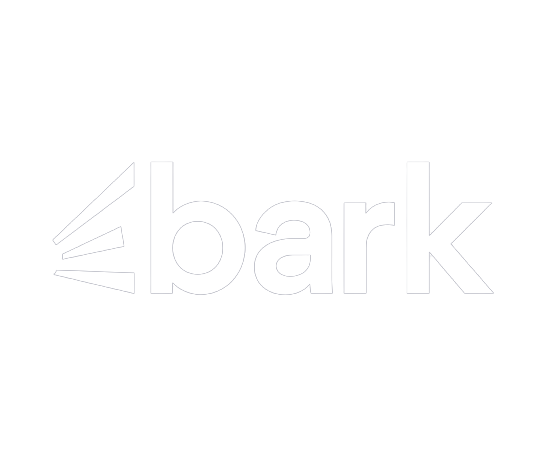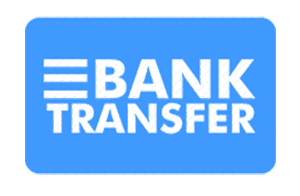Are you looking for suitable packaging for your products? You must consider the nature of the products that you need to pack as there are different kinds of packaging options that you can avail. But to choose the best one, you need to carefully analyze the requirements of your products and brand.
The packaging must complement the product in every way. It should suit the products’ nature. Also, the packaging box must be able to protect the contents from damage that can be caused due to external factors. In addition, the packaging should hold and grip the product securely and don’t let it fall or spill. Furthermore, another purpose that the packaging must fulfil is to display and present the products appealingly. These factors add to the value of the product and help promote it on different platforms.
As various packaging materials are available in the market, you need to understand how they work and what purpose they serve. These materials are broadly classified into two main categories known as:
- Flexible packaging
- Rigid packaging.
These two have distinct features and thus are suitable for different kinds of products. But how do you decide which packaging type is best for your products? To understand the difference and to know what purpose these materials serve, you need to understand the properties and differences of these materials. So here is the breakdown of the properties of the packaging types and their pros and cons. These will help you decide whether flexible packaging will suit your products or the rigid ones.
What Is Rigid Packaging?

These are sturdy boxes made of the thickest paper stock. The thickness starts from 2-3 mm, which is further wrapped with smooth and decorative paper that gives rigid boxes a sleek and smooth look. Rigid boxes are the most robust ones, and you can enhance their durability by increasing the thickness of the sheets. You can specify the dimensions as per your product needs. Rigid boxes are common names as set-up boxes, premium packaging or gift boxes. You must have usually seen these as:
- Gadgets packaging
- Board games
- Jewelry boxes
- Gift boxes
- Luxury packaging
What Is Flexible Packaging?
Flexible packaging is easily customizable. It can be made into any size and shape easily; that is why you can create unique designs for your product packaging.
These are lightweight packaging bags or pouches which are sealed using heat and pressure. For instance, you must have seen stand up pouches with a ziplock, vacuum pouches, and laminated tubes, etc. These all are forms of flexible packaging. As the name suggests, flexible packaging can be easily customized and modified. However, it is easily compressible and perforable. You must have usually seen flexible packaging as:
- Snack packs
- Foil packaging for sauces
- Food product trays
- Ice cream cups
- Yogurt cups
Flexible Packaging vs Rigid Packaging – Key Differences
Flexible and rigid packaging Both have wide-ranging uses in the present packaging industry. They both have exclusive as well as overlapping areas of applications. Though, there are differences in the properties of both packaging styles. These are due to the differences in structure construction, their durability, support for customizability, and elasticity potential.
Here is the breakdown of the differences between these two packaging types. It will help you judge what suits your product and brand better and what type you should go for.
Weight And Size Of Packaging
When you compare the two kinds of packaging on the basis of weight and size, rigid packaging is obviously heavier than flexible packaging. This is because the rigid material is formed with thicker and denser materials. On the other hand, the flexible packaging that mostly consists of pouches is composed of materials lighter in weight, such as plastics and foils.
Space Requirements
The size of the packaging can be modified according to the product specifications. Although, the rigid boxes will require more space as they cannot be squeezed together in bundles. On the other hand, flexible packaging can be easily bent and stacked up with fewer space requirements. This makes flexible materials like poly mailers or Kraft paper more suitable solutions for shipping goods that are not affected by stacking and compression.
Barrier Properties And Durability
When it comes to better protection of the products, rigid packaging is the go-to option as it is capable of protecting the contents well. But the problem with rigid packaging is that it is prone to external deformation. It has a smooth surface and can be deformed due to scratches and dents caused due to heavy or pointy objects.
Whereas flexible packaging is resistant to dents and deformation that are likely to occur during shipping, storage and handling. That’s due to the flexible nature of the material, which also protects the print design and surface from getting spoiled; hence it is less likely to be facing cosmetic abrasion. Although flexible packaging can be pierced during shipping because of a sharp object placed nearby otherwise, it can withstand compression and pressure.
Branding And Customization
Flexible packaging is easily customizable. It can be made into any size and shape easily; that is why you can create unique designs for your product packaging. Furthermore, it can support multiple printing methods that can help you create brand-specific designs and themes on it. These features facilitate brand recall and recognition. With these customization options, you can create a product packaging that is outstanding and unique.
On the other hand, rigid packaging is also a very good substrate for customizations. It can undergo various customizations and look pristine. Although it is energy and money consuming to apply a design on the rigid packaging. Also, printing techniques are not easily applied to rigid boxes. To complement the premium quality of rigid packaging, it is mostly preferred to couple it with offset printing techniques that produce high-resolution images. This gives the packaging an exceptional appearance, but it will cost you more time, energy, and money. Also, rigid boxes can be made in different sizes and shapes, but the sturdiness limits the options to create complex shapes.
Environmental Impact
When opting for packaging, it is important to consider and calculate the environmental impact it is going to leave. The impact directly depends on the materials used. So, rigid and flexible packaging both are made from materials that can be recycled. For instance, rigid boxes made of corrugated and cardboard sheets can be easily recycled. Also, the low-density polyethylene and polypropylene in flexible packaging are recyclable too. However, it becomes difficult to recycle when materials are mixed with some additional components like plastic films, pouches and metallic layers. These things are hard to recycle and make packaging unfeasible for recycling.
Cost Analysis
The cost of manufacturing, warehousing, and shipping costs is less for flexible packaging than rigid packaging. The manufacturing of rigid boxes takes up more energy with more intense processes that cause higher costs. Similarly, as the rigid boxes cannot be compressed, they take up more storage space and have higher shipping costs.
Moreover, the fragile packaging is compressible and takes less storage, shipping, and shelf space. Hence the costs are reduced
Types Of Products
The flexible packaging is usually used for the products that are in liquid or semi-liquid state whereas, the rigid packaging is more suitable for gaseous and solid products. Also, flexible packaging is used for frozen products because it offers better barrier properties; however, those products that need protection against crushing and extreme temperatures are packed in rigid boxes.
The products that are of high quality or are fragile are usually packed in rigid packaging. For example, the following products come in rigid packaging:
- Cameras
- Computer processors
- Smartphones
- Television
- Jewelry items
Their boxes also have protective features like air cushions, and Styrofoam supports etc. The rigid packaging is costly, but it is nothing compared to the price of these luxury products; hence, what you spend for rigid packaging works as an investment for you to pay you back with better response from the customers and a boost in sales.
Flexible packaging is used for products that are low in cost and are not easily breakable. These include food products like
- Chips
- Biscuits
- Milk
- Frozen food
- Sauces
- Creams
Choose Your Product Packaging Mindfully Knowing The Perks Of Flexible And Rigid Packaging
When it comes to the packaging of your products, you have to be mindful of your choices as it is going to impact your sales and brand impression. Packaging is mainly divided into two categories which are rigid and flexible packaging. Both have distinct properties, and you need to understand them in order to choose the right packaging type for your products.
Rigid packaging is the most robust and stiff form of packaging whose thickness you can modify depending on your product needs. On the contrary, the flexible packaging is not as sturdy but easily compressible and is commonly used to pack products in liquid or creamy form. At the same time, rigid packaging is for the products that are solid and fragile as it can protect them against potential external hazards. You can compare the properties, usability, cost-effectiveness and customization abilities of the two and make an informed choice to complement your products. Rigid Pro Packaging excels in making high-quality packaging for your valuable products. So get in touch and let us know your priorities so that we can manufacture for you packaging that perfectly suits your products.








